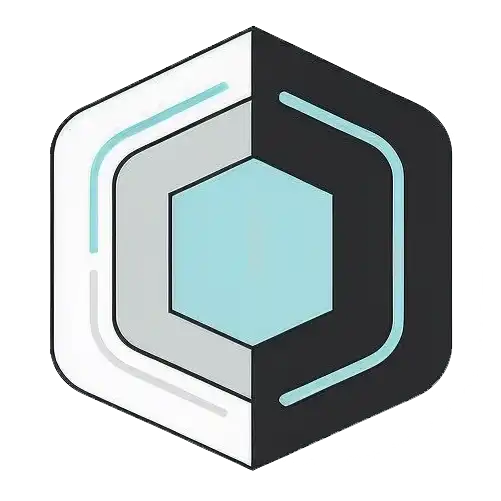Saturday 22 March 2025, 01:41 PM
Exploring design thinking for innovative solutions
Design thinking is a human-centered approach to problem-solving: empathize with users, define problems, ideate, and prototype. Used by companies like Apple to innovate.
Hey there!
Have you ever wondered how some companies always seem to come up with the most innovative products and services? What's their secret sauce? Well, a lot of them are tapping into something called design thinking. It's a buzzword you've probably heard thrown around, but what does it actually mean? Let's dive in and explore how design thinking can lead to innovative solutions, and maybe even inspire you to incorporate it into your own projects.
what is design thinking?
So, first things first: what exactly is design thinking? At its core, design thinking is a human-centered approach to problem-solving. It's all about understanding the people you're designing for, challenging assumptions, and redefining problems in an attempt to identify alternative strategies and solutions that might not be instantly apparent.
Unlike traditional problem-solving methods, design thinking encourages teams to think outside the box and consider the user's needs at every stage. It's not just for designers, either—anyone can apply design thinking principles to come up with creative solutions.
Design thinking isn't a new concept. It's been around for decades, with roots in engineering and architecture, but it's gained significant traction across various industries in recent years. Companies like Apple, Google, and Airbnb have all harnessed design thinking to revolutionize their products and services.
the phases of design thinking
Design thinking typically involves five key phases:
-
Empathize: Get to know your users and understand their needs, wants, and challenges. This is where you step into their shoes and see the world from their perspective. Techniques like user interviews, observations, and empathy maps can be incredibly helpful here.
-
Define: Based on your insights from the empathy phase, clearly define the problem you're trying to solve. Craft a problem statement that is user-centered, focusing on their needs rather than your own assumptions. A well-defined problem helps guide your team's efforts in the right direction.
-
Ideate: Time to get creative! In the ideation phase, you brainstorm as many ideas as possible. Encourage wild ideas and defer judgment—this is not the time to be critical. Techniques like brainstorming sessions, mind mapping, and sketching can help unlock innovative concepts.
-
Prototype: Turn your ideas into tangible prototypes. These can be simple sketches,

